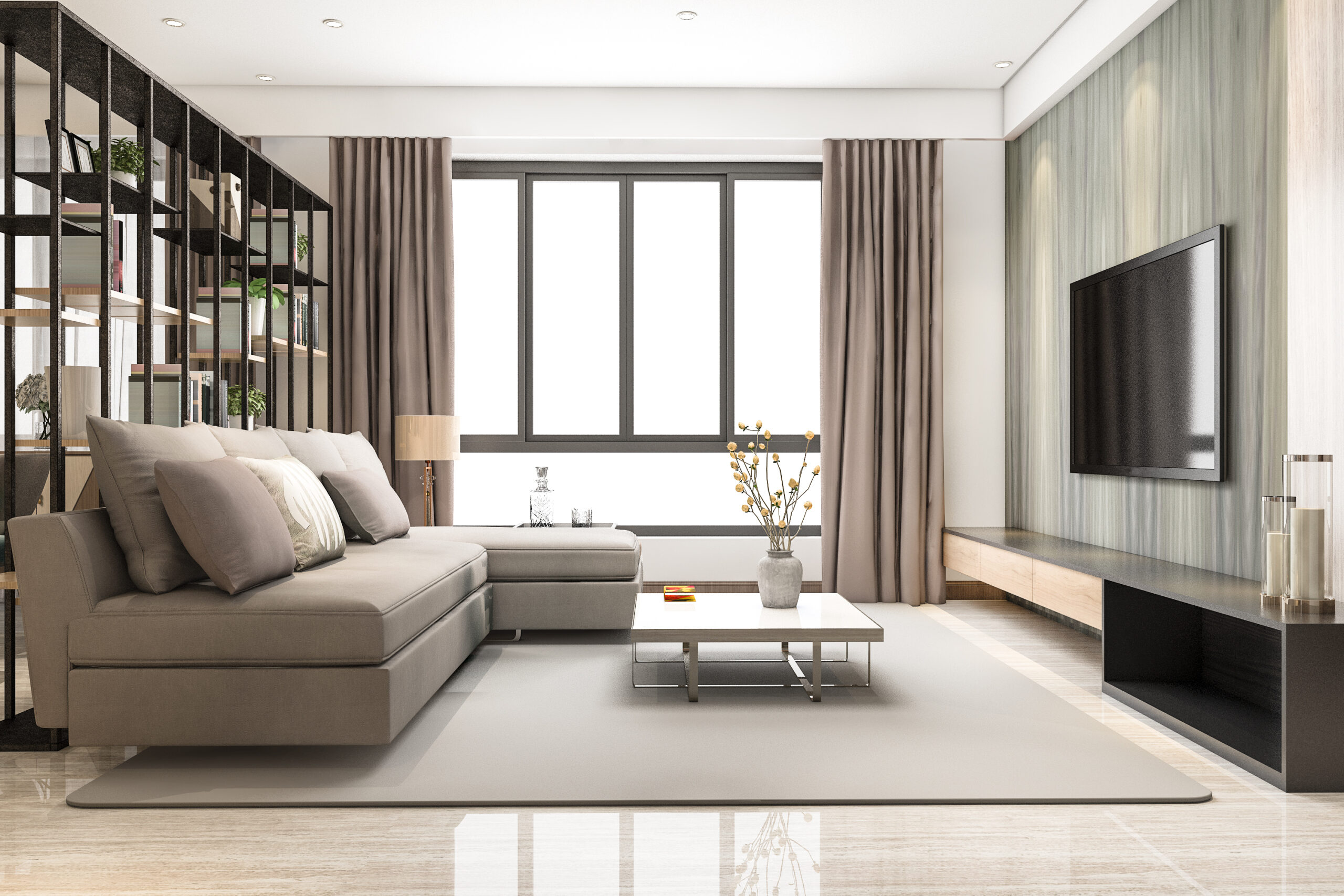One question that comes up often is: Are uPVC windows good for the environment?
In this blog, we will explain it to you, so you can decide if uPVC windows are the right eco-friendly choice for your home.
What Is uPVC?
uPVC stands for unplasticized polyvinyl chloride. It is a strong, rigid type of plastic.
- These are often used for window and door frames
- They are not flexible like regular PVC (no softening chemicals added)
- They are durable, waterproof, and weather-resistant
- It is easy to maintain and is cost-effective
uPVC is popular in homes because it is low maintenance and lasts for many years
How uPVC Windows Are Made
1. Ingredients
57% salt – from common table salt, which is renewable
43% oil or gas – non-renewable but necessary for strength
This mix comes together without harmful additives like lead or phthalates found in old PVC types.
2.The Manufacturing Process
Raw materials are melted and shaped into window frames
Modern factories use cleaner energy and aim to reduce emissions
Some follow ISO 14001 standards to manage environmental impact
Therefore, uPVC makes use of salt which is good but still requires fossil fuels. It also uses much less energy to produce compared to aluminium windows.
Why uPVC Is Energy-Efficient
uPVC windows are known for being highly energy-efficient, and that’s one of the biggest reasons they are considered eco-friendly. Here are some key reasons why:
- uPVC is a non-conductive material, which means it does not easily transfer heat. This helps keep the heat inside your home during winter and prevents heat from entering during summer. As a result, your home stays comfortable all year round with less need for heating or air conditioning.
- The frames of uPVC windows often have multiple internal chambers. These chambers trap air, which works as a natural insulator. This design helps reduce the loss of warm or cool air from inside your home.
- uPVC windows usually come with double or triple glazing. This means they have two or three layers of glass with a gap of air (or gas like argon) in between. These layers act as a barrier that slows down the transfer of heat.
- They also have tight seals and weatherstripping, which prevent drafts from entering and stop warm or cool air from escaping. This improves indoor temperature control and helps you save on energy bills.
Together, these features make uPVC windows a smart choice for anyone who wants to reduce energy consumption, lower electricity costs, and help the environment by cutting down on carbon emissions.
Real-Life Benefits of uPVC Windows
Installing uPVC windows in your home comes with several real-world advantages.
- They help lower your energy bills by improving insulation. Because less heat escapes in the winter and less heat enters in the summer, you won’t need to rely as much on heaters or air conditioners.
- They reduce your carbon footprint. By using less electricity or gas for heating and cooling, you can cut down your home’s CO₂ emissions by around 500 to 700 kilograms per year, depending on your climate and energy usage.
- They improve comfort inside your home. Rooms stay warmer in winter and cooler in summer, creating a more consistent and pleasant indoor environment.
In short, good-quality uPVC windows not only help protect the planet, but also make your home more energy-efficient, comfortable, and cost-effective.
How Long Do uPVC Windows Last?
Product lifespan is a key factor in eco‑friendliness.
uPVC Window Lifespans:
- Lasts around 20–30 years, often more with care
- Resistant to rot, rust, and UV damage
- Color and structure stay strong in harsh weather
Why This Matters:
Less frequent replacements mean less waste and lower resource use. Over decades, uPVC windows offer a strong combined environmental benefit
Wood windows need regular painting and chemical treatments. That involves:
- Paint and varnish (which can contain toxins)
- Regular cleaning and caring that might impact surroundings
uPVC windows, in contrast:
- Clean with just soap and water
- No need for chemicals or harsh cleaning agents
- No risk of mold, termites, or rot
- This reduces water and chemical usage.
What Happens When uPVC Windows Are Replaced?
They Can Be Recycled! Once a uPVC window reaches the end of its life:
- It’s collected and cleaned
- Got shredded into flakes
- Melted into new pellets
- These pellets can be remade into new windows, doors, or plastic products
Benefits:
- Can be recycled up to 10 times without losing quality
- Less landfill waste and fewer raw materials used
- Many suppliers offer take-back or recycling programs
- This strong recyclability is a big reason many consider uPVC a sustainable window material.
How to Make Your uPVC Choice Even Greener
If you decide to go with uPVC windows, here are tips to keep them eco-friendly:
- Choose lead-free frames which is better for health and soil
- Go for recycled uPVC frames with recycled content, it reduces new plastics
- Check the U-value and pick ≤ 1.4 W/m²K for strong insulation
- Use triple or good double glazing with Low-E coating
- Consult energy ratings and aim for A+ or higher
- Maintain properly by cleaning with mild soap, check seals yearly
Even if you buy the best uPVC windows and doors, bad installation can lead to leaks, drafts, and poor insulation.
These steps help ensure your uPVC windows are in good shape. It saves your money, energy, and the planet.
- Choose a Reliable Installer
- Certified or approved by local authorities
- Has experience and good reviews
- Offers a guarantee on installation
- Uses proper sealing techniques
Even if you buy the best uPVC windows and doors, bad installation can lead to leaks, drafts, and poor insulation.
- Choose a Reliable Installer
- Certified or approved by local authorities
- Has experience and good reviews
- Offers a guarantee on installation
- Uses proper sealing techniques
Conclusion:
The uPVC windows are a smart and eco-friendly choice for modern homes. They help reduce energy use, lower electricity bills, and cut down on harmful carbon emissions. With their long lifespan, easy maintenance, and strong insulation, they offer both comfort and sustainability. While no material is perfect, uPVC strikes a good balance between performance, cost, and environmental impact.
By choosing high-quality, lead-free, and recyclable uPVC windows, you’re not just improving your home, you’re also making a positive step toward protecting the planet.

